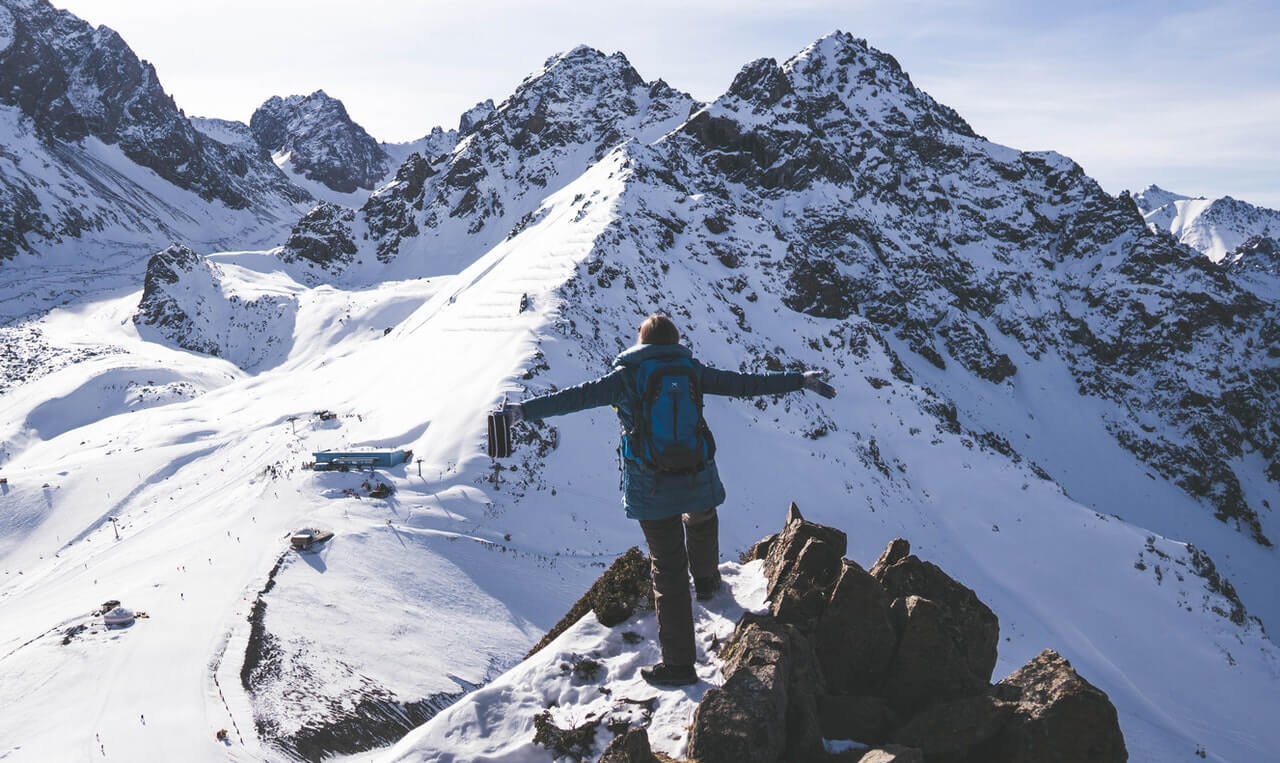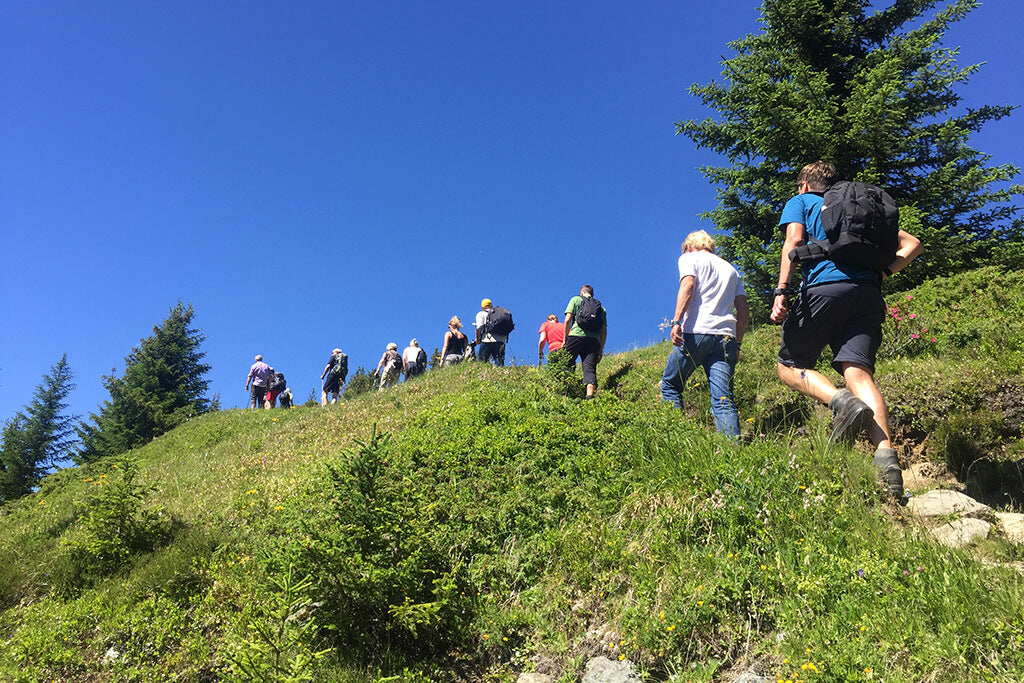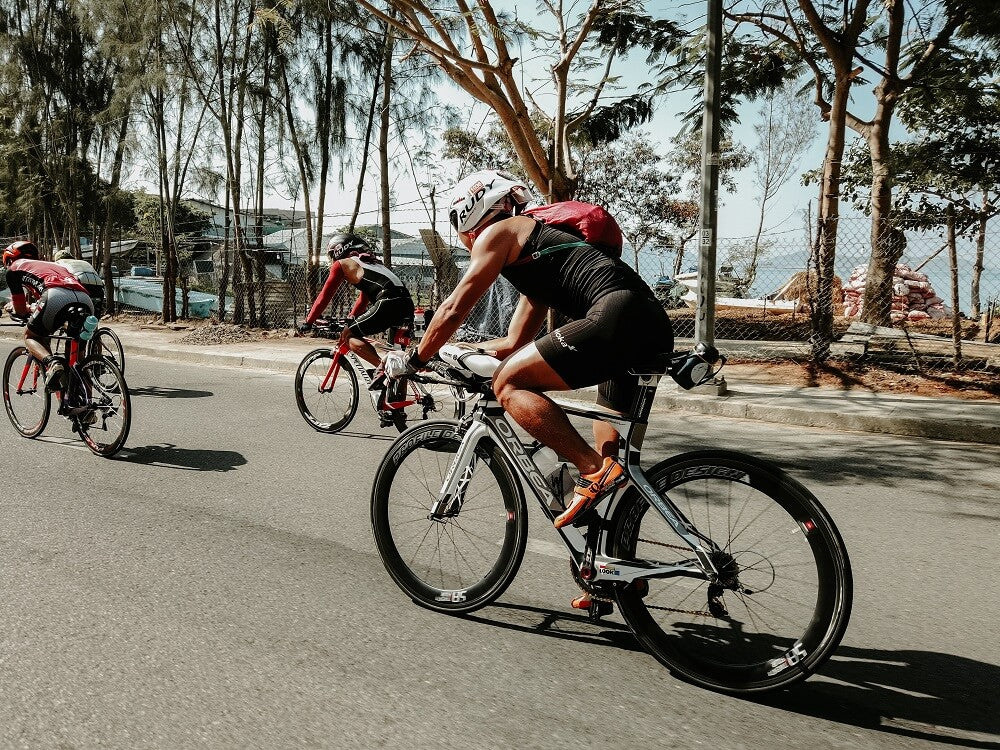Generally speaking, loss of heat is a condition in which the body loses more heat than it replenishes, thus causing a decrease in the temperature of the body's core area and producing a number of symptoms such as chills, disorientation, cardiopulmonary failure, and eventual death. The so-called core area of the human body here mainly refers to the brain and the main life-sustaining organs such as the heart and lungs within the torso, and this concept is relative to the body's extremities and superficial skin.
Simply put, it means that the body temperature is lower than the normal body temperature. We all know that above 37.5 degrees, it is a fever, and 39 degrees without lowering the body temperature a person will be in a coma until death. The case of loss of temperature is similar. When the body temperature falls below 35 degrees, the person will lose consciousness or even die in a coma.

Outdoor signs of hypothermia
Mild hypothermia (MildHypothermia)
Core temperature of 37 to 35.55 degrees.
Signs: Uncontrollable shivering, inability to perform complex movements such as ice climbing or skiing, but ability to walk and talk. Peripheral vasoconstriction. Among them: at 37 to 36 degrees, signs are normal and may begin to shiver. At 36 to 35 degrees, one may feel cold, shivering may be mild or severe, and hands begin to stiffen. You cannot do complex tasks with your hands.
Moderate hypothermia (ModerateHypothermia)
Core temperature is between 35 and 33.88 degrees.
Signs: confusion and loss of motor coordination begins, especially in the hands, for example, inability to zipper a zipper. The cause is insufficient blood flow in the periphery. Slurred speech, violent shaking, disorders of behavior, for example, starting to undress without feeling cold. Intense shaking may occur, muscle incoordination becomes apparent, movements are slow and seemingly labored, feet begin to stumble, confusion begins, and alertness may also be manifested.
Severe Hypothermia (SevereHypothermia)
The core temperature is between 33.88 and 30 degrees. This temperature will be fatal! At 33.88 to 32.22 degrees, there will be persistent violent shaking, difficulty speaking, slowed thinking and the beginning of amnesia, marked loss of mobility, inability to use hands, frequent tripping when walking, depression, and low mood. Intermittent shivering. Between 32.22 and 30 degrees, the exposed skin is blue-purple and swollen, muscle coordination is very poor, inability to walk, confusion, but may also maintain a posture and appear to be awake. The shaking stops, first violently, then pauses, after which the cycle continues. The pause will gradually increase in duration until the shaking stops completely. The body stops shaking to store glycogen because the heat generated by burning glycogen in the muscles cannot resist the continuous decrease in core temperature. The muscles gradually stiffen as they fall to the ground, unable to continue walking, and curl up into a ball to preserve body temperature. As peripheral blood flow is restricted and lactic acid and carbon dioxide accumulate, the skin turns white, the pupils dilate, and the pulse rate slows. At a body temperature of about 31 degrees, the body begins to hibernate, shutting down almost all peripheral blood flow and reducing respiration and pulse rate.

Finally, death!
At 30 degrees the body enters a state where it looks like it's dead, but it's actually alive! At 30 degrees to 27.77 degrees, muscle rigidity, semi-consciousness, coma, slowed pulse and respiratory rate, and possible cardiac fibrillation. Between 27.77 and 25.55 degrees, unconsciousness, erratic and very shallow heartbeat and respiration, pulse may not be palpable, and any sudden shock may cause ventricular fibrillation and lead to death. At 25.55 to 24 degrees, pulmonary edema, heart and respiratory failure will occur. However, it is likely that death will have occurred before this temperature is reached.
Loss of temperature frostbite
Loss of temperature and frostbite are among the most common dangers of outdoor activities in winter. These two concepts are both related and different in medical terms.
In general, loss of temperature refers to a condition in which the body loses more heat than it replenishes, resulting in a decrease in the temperature of the body's core area and producing a number of symptoms such as chills, disorientation, cardiopulmonary failure, and eventual death. The so-called core area of the human body here mainly refers to the brain and the main life-sustaining organs such as the heart and lungs within the torso, and this concept is relative to the body's extremities and superficial skin.
Frostbite, on the other hand, is a condition of numbness, blistering, and necrosis of the limbs and epidermal tissues of the human body caused by contact with cold air, fluids, and objects on the surface of the body.
In order to have a comprehensive understanding of the pathogenesis of loss of temperature and frostbite, we first need to understand the body's heat metabolism and regulatory functions. The ideal temperature of the human body is 37 degrees Celsius (C, the same below). Above 40.5 degrees, the biological enzymes in the body will fail, resulting in difficulties in the body's chemical reactions, which can lead to death. At temperatures below 37 degrees, the chemical reactions slow down and thus inhibit the body's functions, and death is almost inevitable when the body temperature (meaning the temperature of the body's core area) is below 30 degrees. It is important to note that the concept of body temperature presented here refers to the core temperature of the body, not the surface temperature, and there are often cases where the surface temperature is below 30 degrees or even freezing while the person is still alive.
10 degrees on a windy day may freeze to death, and 20 degrees on a rainy day may freeze to death. Sweat-soaked clothing is the culprit, and keeping the body dry is the primary issue, followed by replenishing energy at the right time. Avoid sweat-soaked clothes.
High altitude peaks are above the snow line, some thousands of meters in height above the snow line, usually with thin air and low oxygen content in the air. Therefore, the normal metabolism of climbers is affected.
If long-term low temperature, high winds, lack of oxygen, even with the protection of down jackets, rushing clothes, etc., it is very easy to happen hypothermia. Loss of temperature can lead to endocrine disruption, hallucinations and loss of consciousness, until finally death.


